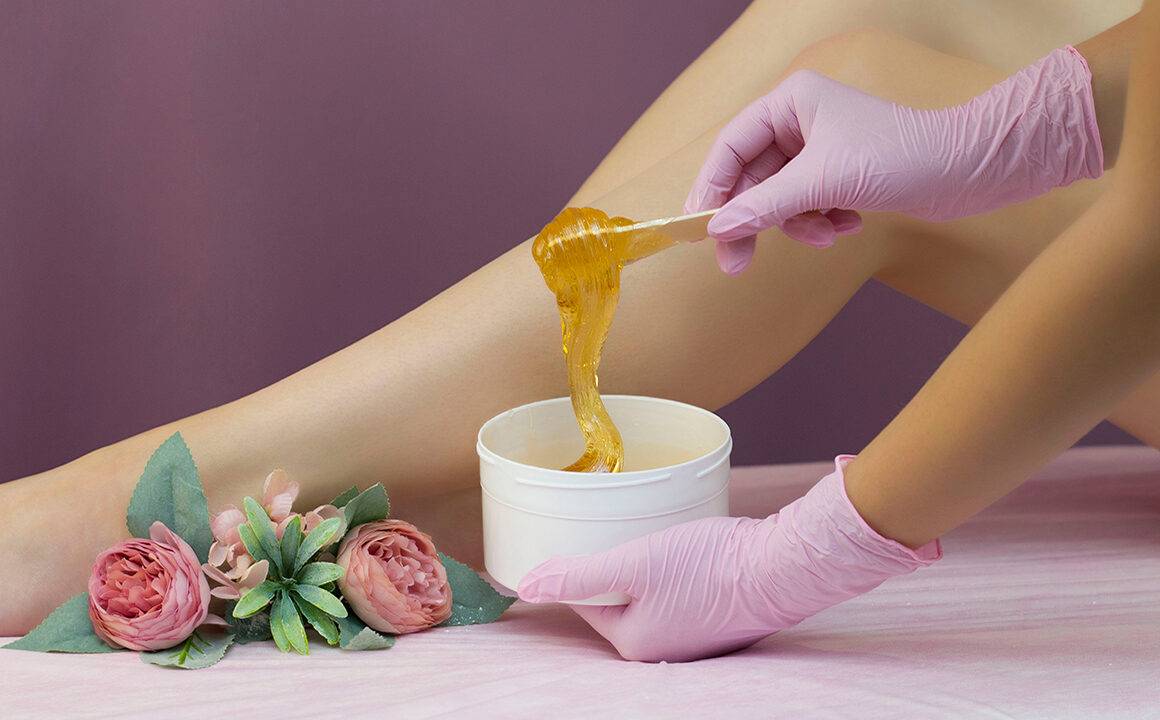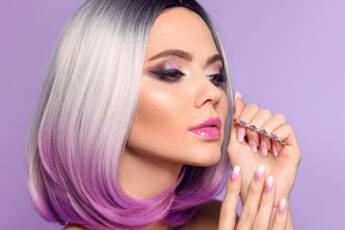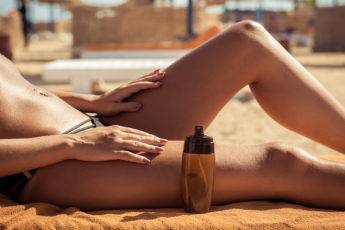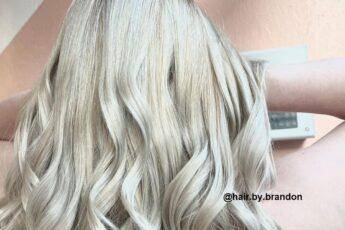Waxing Dos and Don’ts: Expert Tips for a Smooth and Effective Experience

Are you considering waxing as your hair removal method of choice? Whether you’re a seasoned waxing enthusiast or a first-timer, it’s essential to know the dos and don’ts for a smooth and effective experience. Waxing can provide long-lasting results and leave your skin feeling silky smooth, but improper techniques or neglecting pre- and post-care can lead to discomfort, irritation, and less-than-desirable outcomes. In this comprehensive guide, we’ll share expert tips to help you achieve the best results possible while minimizing any potential drawbacks. Let’s dive in!
DO: PREPARE YOUR SKIN
Before your waxing session, take some time to prepare your skin properly. Exfoliate gently a day or two before your appointment to remove dead skin cells and ensure the wax adheres better to your hair. This step is crucial as it helps prevent ingrown hairs and allows for a cleaner wax. Additionally, avoid applying lotions or oils on the day of your appointment, as they can interfere with the wax’s grip.
DON’T: SHAVE BEFOREHAND
One of the most common mistakes people make is shaving before a waxing session. To achieve optimal results, your hair needs to be long enough for the wax to adhere properly. Ideally, your hair should be around a quarter of an inch long (about the length of a grain of rice). If you’ve recently shaved, it’s best to wait until your hair grows out to the appropriate length before scheduling your waxing appointment.
DO: CONSIDER SUGAR WAXING
In addition to traditional waxing methods, you may also consider trying sugar waxing for a natural and gentle hair removal experience. Sugar wax is a sticky paste made from simple ingredients like sugar, lemon juice, and water. The paste adheres to the hair rather than sticking to the skin, resulting in a smoother and more comfortable process. Sugar waxing offers several benefits, including less pain and skin irritation compared to traditional waxing. Furthermore, sugar wax products can effectively remove shorter hairs, allowing for more flexibility in scheduling your waxing sessions. This method is also hypoallergenic, as it doesn’t contain harsh chemicals, and it’s suitable for sensitive skin types.
DO: RESEARCH AND CHOOSE A PROFESSIONAL ESTHETICIAN
Selecting a skilled and experienced esthetician is vital for a successful waxing experience. Before booking your appointment, take the time to research reputable salons or spas in your area. Read reviews, ask for recommendations, and ensure that the establishment follows proper hygiene and safety protocols. An expert esthetician will not only provide a thorough and efficient wax but also make you feel comfortable throughout the process.

DON’T: WAX IF YOU’RE USING CERTAIN MEDICATIONS
Some medications can affect the sensitivity of your skin or make it more prone to adverse reactions. If you’re using retinoids, Accutane, or any other medications that may compromise your skin’s integrity, it’s crucial to inform your esthetician beforehand. They will advise you on whether it’s safe to proceed with the waxing or if it’s best to wait until you’ve finished your medication.
DO: COMMUNICATE YOUR PREFERENCES AND CONCERNS
Effective communication with your esthetician is key to a successful waxing session. Don’t be shy about discussing your preferences, concerns, or any medical conditions you may have. Your esthetician can tailor the treatment to suit your needs, whether it’s adjusting the temperature of the wax, using a specific wax type, or employing techniques that minimize discomfort. Open communication ensures a more personalized and comfortable experience.
DON’T: EXPOSE YOUR SKIN TO SUNLIGHT OR TANNING BEFORE AND AFTER
Both before and after your waxing session, it’s important to avoid exposing your skin to direct sunlight or tanning beds. Waxing can make your skin more sensitive and prone to sunburn. If you plan on tanning, it’s best to do it at least 24 hours before your wax or wait a day or two after the treatment. Applying sunscreen with a high SPF is crucial if you must be out in the sun to protect your freshly waxed skin.
DO: TAKE CARE OF YOUR SKIN POST-WAX
After your waxing session, it’s essential to care for your skin properly to prevent irritation and ingrown hairs. Avoid hot showers or baths for the first 24 hours, as heat can exacerbate sensitivity. Opt for lukewarm water instead. Exfoliate gently two to three times a week to prevent the buildup of dead skin cells and reduce the likelihood of ingrown hairs. Use a gentle exfoliating scrub or a soft brush to promote healthy skin cell turnover.
DON’T: ENGAGE IN VIGOROUS EXERCISE OR ACTIVITIES IMMEDIATELY
While it’s important to stay active and maintain a healthy lifestyle, it’s advisable to avoid intense exercise or activities that may cause excessive sweating immediately after waxing. Sweating can lead to skin irritation and discomfort, so it’s best to give your skin some time to recover. Opt for low-impact workouts or activities until your skin has calmed down, typically within 24 to 48 hours.
DON’T: PICK OR TOUCH THE WAXED AREA
Resist the urge to touch, scratch, or pick at the waxed area. Picking can introduce bacteria and cause inflammation or infection. Let the skin heal naturally and avoid any aggressive actions that may disrupt the delicate balance of your skin. If you experience any discomfort or itchiness, try applying a soothing, fragrance-free lotion or using a cold compress to alleviate the sensation.
DON’T: OVEREXFOLIATE OR USE HARSH PRODUCTS
While exfoliating is an essential part of post-waxing care, it’s important not to overdo it or use harsh products that can irritate your skin. Stick to gentle exfoliation two to three times a week and avoid abrasive scrubs or products with harsh chemicals. If you notice any signs of irritation or redness, reduce the frequency of exfoliation or switch to a milder exfoliant.
In conclusion, achieving a smooth and effective waxing experience requires proper preparation, communication with your esthetician, and diligent aftercare. By following these expert dos and don’ts, you can minimize discomfort, reduce the risk of ingrown hairs, and enjoy long-lasting results. Remember, each person’s skin is unique, so it’s essential to listen to your body and adjust your waxing routine accordingly. With the right approach, waxing can become a routine that leaves you feeling confident, refreshed, and hair-free.





Leave a Comment